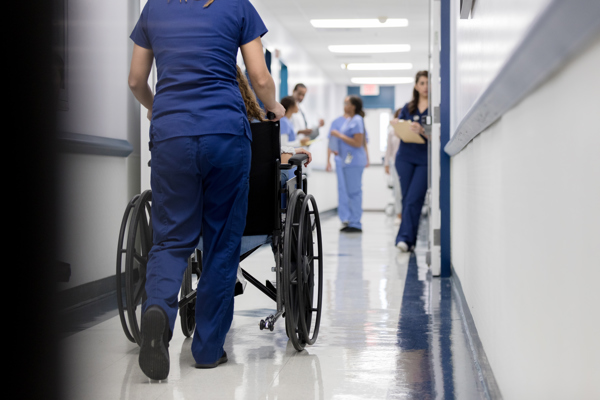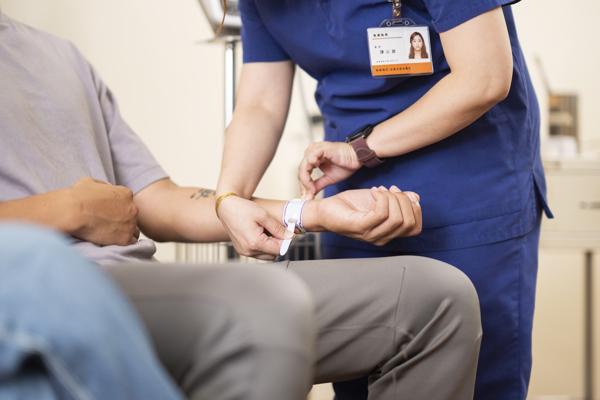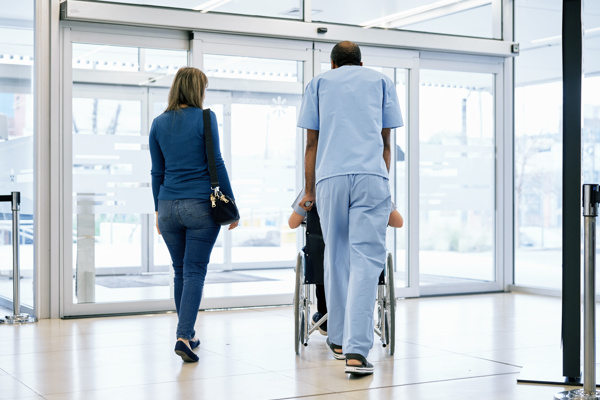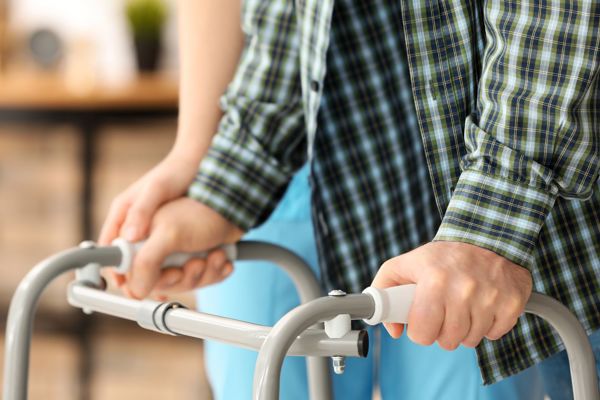Overhead configuration: Comparing A5060 and A5010 for people and asset tracking in healthcare.
Fixed RAIN RFID tracking enables a broad range of applications within hospital environments. In this blog, we evaluated the performance of the A5060 and A5010 antennas in overhead configurations designed for tracking patient and staff movement. While this specific configuration testing set up is for people tracking, it can also be used to track assets.
Blogs
Times-7
August 26, 2025
Topics










